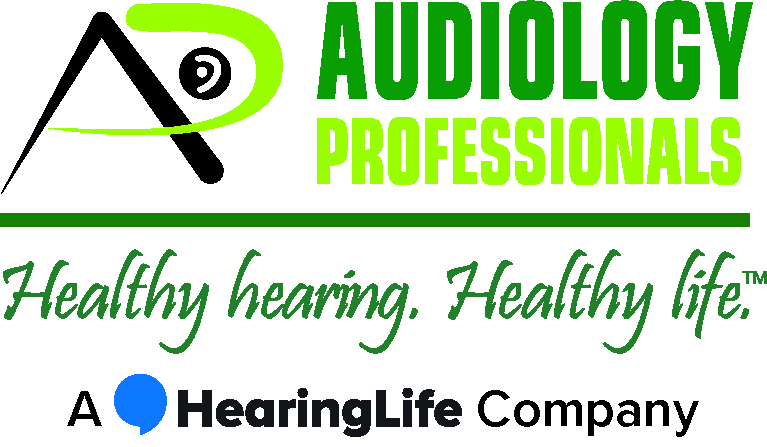If you’re one of the millions of Americans with a hearing impairment, you may have discussed hearing aid devices as an option with your hearing healthcare specialist. Hearing aids can be a life-changing investment for many. They can improve listening experience, and provide wider benefits to your overall health.
However, new hearing aid devices can take some time getting used to. Your first experience of wearing a hearing aid may be confusing, especially if your hearing loss occurred gradually over a few years. To help you best adjust to your new devices, we’re looking at common mistakes that new hearing aid owners can make.
Mistakes are normal when we’re getting used to something new. Hearing aid devices are no different. However, by understanding the common mistakes, you are in a better place to avoid them. Here are a few most common mistakes made by new hearing aid users:
Rushing into Things
Start slowly. It will take your brain some time to interpret and identify the sounds you’re able to hear again. Begin slowly by wearing your hearing aids for a few hours a day, and gradually build up the length of time you wear them.
Beginning in a Loud Place
You may be tempted to see just *how* much you can hear. Avoid this temptation and start out in a quiet room. When you first put on your hearing aids, sit in a quiet spot in your home. This will allow you to adjust to the new quality of sound in a comfortable environment. Certain sounds may seem very loud, such as the ticking of a clock or the hum of your air conditioner. This is normal and part of your brain adjusting.
Playing with the Volume
Your hearing aids shouldn’t require manual adjustment very often. In fact, there’s a good chance that they automatically adjust to the different listening situations you may find yourself in. If you do have to turn the volume up, don’t make them too loud.
Not Practicing
Practice makes perfect. The same holds true for adjusting to your new hearing aid devices. One simple way to practice is to read out loud. Speaking in a loud voice is a common symptom of hearing loss. But with your new hearing aids, you can regulate the volume of your voice. Practice reading out loud. This will help you determine the appropriate volume for speech, but has the added value of helping you recognize speech and particular words again.
Similarly, you can help retrain your brain to reconnect language and sounds by watching the TV with subtitles or closed-caption.
Not Asking for Help
Enlist the help of your family during your hearing aid adjustment period. Not only will it be easier for you to understand familiar voices, they can also increase your confidence in speaking in a group. They can also help you determine the appropriate volume for your TV. Ask your family member to set the TV to a normal volume for them, and avoid turning it up from this. You don’t want to further damage your hearing!
Not Using Available Technology
Many hearing aid devices can now connect wirelessly with other electronic devices. This is known as Telecoil Mode or Telecoil Technology. Hearing aids with this feature can link to smartphones, microphones, computers and other compatible electronic devices. The sounds will be transmitted directly to your hearing aid, making it even easier for you to hear from these devices.
Above all, be patient. It takes time to adjust to new hearing aids, so be patient with yourself!
Need Help? Contact Us Today!
If you’d like to speak to one of our hearing care experts, contact Audiology Professionals today. Our team would be happy to help. Call us today on (541) 228-9233. Alternatively, click here to contact us online.
